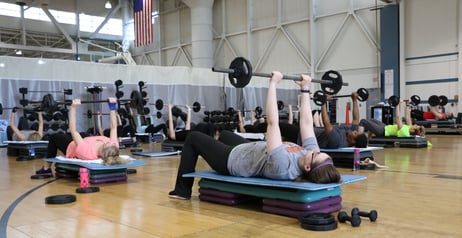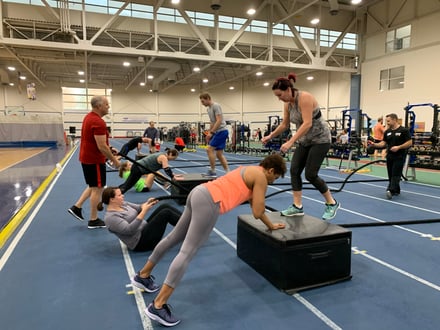For years, people have been setting goals and logging their workouts to help them stay on track with their health and fitness aspirations. Back in the good old days, people would bring their workout notebook and pen to the gym and write down the exercises they completed, the weather, the lift of the day, tracking personal bests, etc. Tracking workouts has never been easier with the growth in technology and wearables in the fitness industry.

6 Advantages of Using a Fitness App
While some may still enjoy the old-school notebook method, allow me to share the benefits of using an app, like the NIFS app, to help you do the very same thing.
- Automatic synching: Wearables directly sync with apps, so you don’t have to do anything manually. Whatever the app may be, you can usually sync your Fitbit, Garmin, or other wearable device directly to it. Then when you are in range, your workouts will automatically upload into your phone and onto the app. This makes for very simple tracking of your workouts—in fact, it’s effortless!
- Personal accountability: No matter how committed you are to your fitness, everyone needs some personal accountability to themselves and their plan/goals. Having an app allows you to set goals and keep yourself on track to meet them in a realistic amount of time.
- Progress: It’s no secret that as you keep yourself on track and set smaller achievable goals, you will see progress. Utilizing an app will allow you to tangibly see those progress gains as you log your new personal best.
- Motivation: There’s nothing more motivating for the exercise logger than to write down your new heaviest lift, fastest mile, highest caloric burn, or longest workout. Logging workouts in an app and being able to look back on how far you have come and what goals you have met will keep you motivated and on track.
- Free: We cannot forget to mention that there is no cost for an app like ours at NIFS! No purchasing an app, notebooks, or losing a box of pens a week at the gym! Simply download the app and you are ready to roll!
- Easy: With a feature like X-capture, all you have to do is snap a photo of the console of the machine you are on or the workout you just completed on paper, and within 24 hours it will be logged into your workouts. And if you forgot to add in your workout when you were at the gym, you can always go back and add it after.
Try the NIFS App
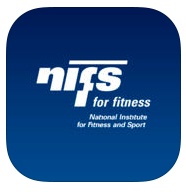 Maybe you have found your favorite app to log your workouts, whatever that may be; using a phone makes it so much easier than logging it into a notebook. If you haven’t taken time, download the NIFS app and enjoy many benefits aside from the ones that are listed above. Some of those include: using your phone to scan in at the desk, monthly challenges with great prizes, setting goals, logging workouts, utilizing deals and finding out extra things that may be going on at NIFS, and receive push notifications for important updates!
Maybe you have found your favorite app to log your workouts, whatever that may be; using a phone makes it so much easier than logging it into a notebook. If you haven’t taken time, download the NIFS app and enjoy many benefits aside from the ones that are listed above. Some of those include: using your phone to scan in at the desk, monthly challenges with great prizes, setting goals, logging workouts, utilizing deals and finding out extra things that may be going on at NIFS, and receive push notifications for important updates!
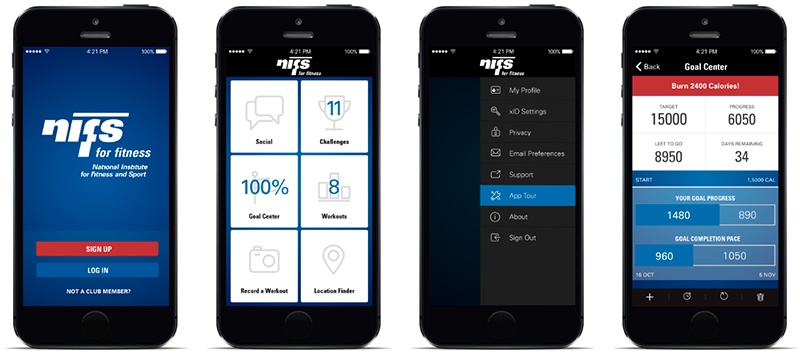
Download the NIFS app now at the app store or Google Play!
This blog was written by Amanda Bireline, Fitness Center Manager. To find out more about the NIFS bloggers, click here.

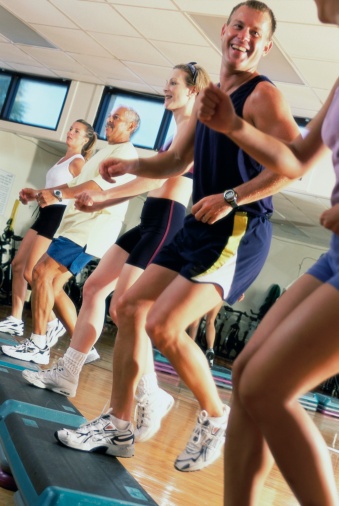 “Our mindset” refers to every individual who has ever had one slice of pizza too many and subsequently tortured themselves on the treadmill because of it. Exercise is not punishment and should not be viewed as such. If you consistently and begrudgingly plan your workout routine around your indulgences, fitness becomes an irrational afterthought. A healthy lifestyle includes both enjoying the sweeter (or more savory) things in life, as well as enjoying a sweat session for the benefits of fitness. Your body is built to be listened to, and practicing a balanced lifestyle will help you reap not only better health, but also performance benefits.
“Our mindset” refers to every individual who has ever had one slice of pizza too many and subsequently tortured themselves on the treadmill because of it. Exercise is not punishment and should not be viewed as such. If you consistently and begrudgingly plan your workout routine around your indulgences, fitness becomes an irrational afterthought. A healthy lifestyle includes both enjoying the sweeter (or more savory) things in life, as well as enjoying a sweat session for the benefits of fitness. Your body is built to be listened to, and practicing a balanced lifestyle will help you reap not only better health, but also performance benefits.
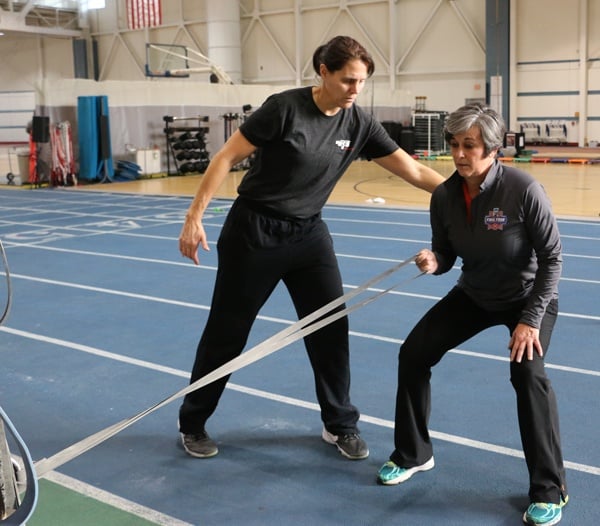 In an industry that is constantly evolving, the world of fitness is never boring. As a fitness professional, I get a lot of questions about what I do and why I do it. Each question, although relatively complex, has a simple answer.
In an industry that is constantly evolving, the world of fitness is never boring. As a fitness professional, I get a lot of questions about what I do and why I do it. Each question, although relatively complex, has a simple answer.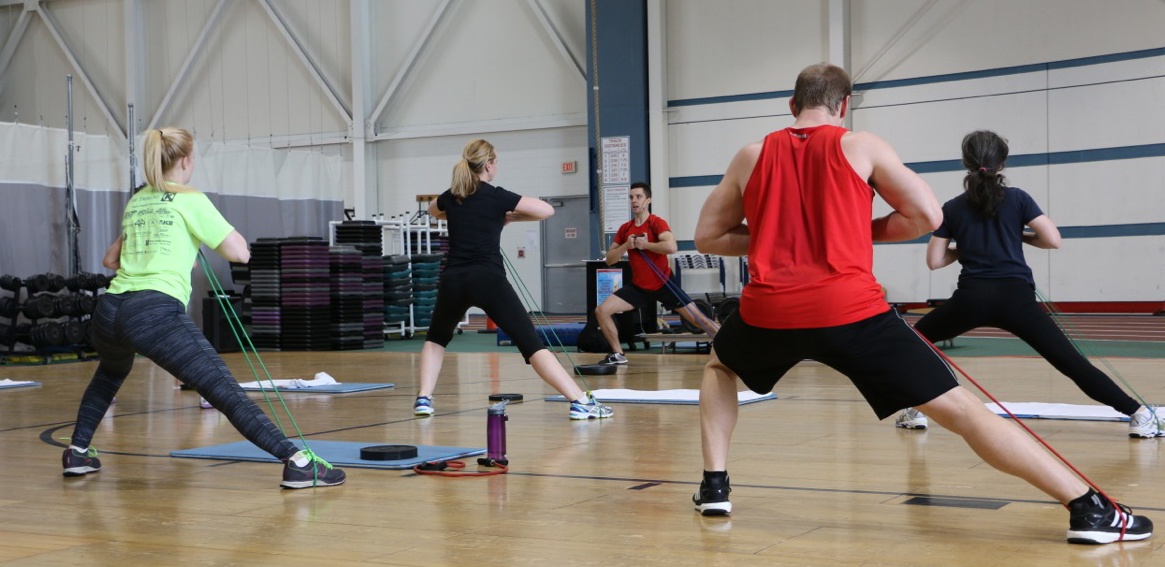

 We have followed NIFS trainer Crystal Anne Belen throughout her
We have followed NIFS trainer Crystal Anne Belen throughout her  With busy class schedules, homework, exams to study for and papers to write, not to mention wanting to have something of a social life, trying to stay fit in college can really be a challenge. On top of this, many students hold some form of a job where they work between 10 and 25 hours on any given week. Whether you are an undergrad or graduate student, the same thing applies. When all this stuff is on your plate and the schedule continues to fill up, one of the first things that tends to get pushed to the side is getting to the gym!
With busy class schedules, homework, exams to study for and papers to write, not to mention wanting to have something of a social life, trying to stay fit in college can really be a challenge. On top of this, many students hold some form of a job where they work between 10 and 25 hours on any given week. Whether you are an undergrad or graduate student, the same thing applies. When all this stuff is on your plate and the schedule continues to fill up, one of the first things that tends to get pushed to the side is getting to the gym!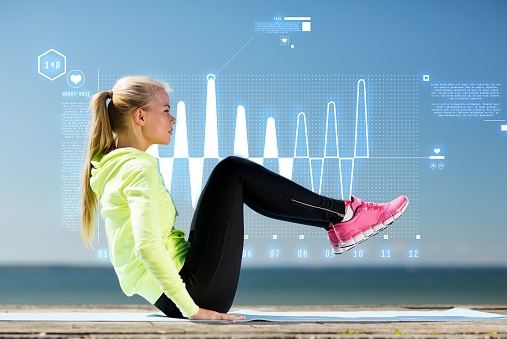 What if I told you that I had a drug that could help cure the majority of your ailments, make your workday and life more productive, and help you sleep better? How much would you pay for this drug? But wait, there’s more! This drug can also
What if I told you that I had a drug that could help cure the majority of your ailments, make your workday and life more productive, and help you sleep better? How much would you pay for this drug? But wait, there’s more! This drug can also